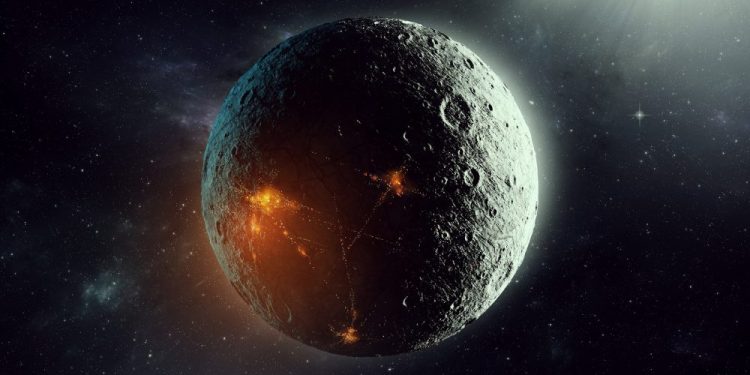Have you ever looked at the night sky and asked yourself whether someone was looking at that same sky but from another world? Other intelligent civilizations likely arose in the universe. If they have, chances are they developed astronomy just as we have. These alien astronomers are likely looking at the sky and looking for life on other worlds too.
But how large can our terrestrial telescopes be to spot an alien city? Would it necessitate a Star Wars’ Coruscant-like planetary metropolis, or could our telescopic technology catch glimpses of the extraterrestrial equivalent of our most populated cities, such as New York or Tokyo?
Bhavesh Jaiswal of the Indian Institute of Science recently proposed in a preprint that the scale may, in reality, be smaller than we think. The trick lies in utilizing specular reflection, a specific characteristic of light.
Could our Telescopes Spot a Distant Alien City?
Traditionally, the hunt for alien techno-signatures has revolved around detecting monumental megastructures surpassing our human capabilities—think Dyson spheres or colossal orbital rings. The discovery of such creations would be akin to finding cosmic neon signs stating, “intelligent life exists here.” So far, we’ve found none.
However, we’ve recently entered a new age where direct exoplanet imaging is becoming a reality, offering a fresh perspective to search for intelligent life on a smaller scale.
Overcoming the Glare of Stars
The dazzling brightness of a star typically obscures the planets orbiting it, making exoplanets difficult to detect, much less study. Consequently, most exoplanet discoveries have occurred around dim red dwarf stars, which cause less visual impairment to telescopes than yellow stars like our sun. Despite the distance and dimness of these exoplanets—now exceeding 5000—each pixel-sized image we capture holds invaluable information.
One pixel can reveal plenty, with spectroscopy informing us of the planetary atmosphere’s composition. With advancements in starlight blocking or filtering techniques, our ability to directly image exoplanets is continually improving.
Looking at a Distant Alien City
But could we see something even smaller, say, an alien city? As Universe Today explains, this is where specular reflection comes into play. This phenomenon happens when light is directly reflected at an observer, as opposed to diffuse light spreading in all directions. It’s the blinding flash seen off an ocean wave or a shiny sports car under the sun.
Jaiswal suggests that specular reflection, coupled with advanced space telescopes and large ground-based telescopes, could enable us to catch such a glint off distant planets.
The Luck and Limitations of Specular Reflection
There is, however, a degree of luck involved—the light from the exoplanet’s star must hit the planet at just the right angle and location to reach our telescopes. The glint can’t cover an entire globe-spanning city, but only the portion correctly positioned to reflect light towards Earth.
On an Earth-sized planet, the maximum reflective area would cover about 2800 kilometers squared, equivalent to about one-sixth of the New York-New Jersey-Connecticut Metro Region. It’s roughly the size of a typical terrestrial city.
The Role of Reflective Materials and Planet Alignment
Specular reflection is not just about size—it heavily depends on the reflective material. Glass, with low reflectivity, would cause a faint peak in brightness, while an aluminum structure would shine more brightly than the whole planet.
Other factors can amplify the chances of detection through specular reflection. For instance, a slower-spinning planet allows a reflective city to be visible for extended periods. Similarly, a longitudinally wide structure remains visible longer as the planet turns.
Astronomers would also need luck with the planet’s axis alignment, as only structures at specific latitudes would reflect towards us. However, a tilted axis, like Earth’s, allows observers to scan different latitudes as the planet shifts through its seasons.
Possibilities of Future Discoveries
The chances of stumbling upon an alien city may still be slim—after all, we don’t know if they exist. But the technology and capabilities required for such detection are real and available now. So, as you look up at the sky, remember to wave—you never know if an alien observer is spying on your hometown too. In fact, take a photograph of the stars; chances are an extraterrestrial astrophotographer is doing the same thing too.
Have something to add? Visit Curiosmos on Facebook. Join the discussion in our mobile Telegram group.











